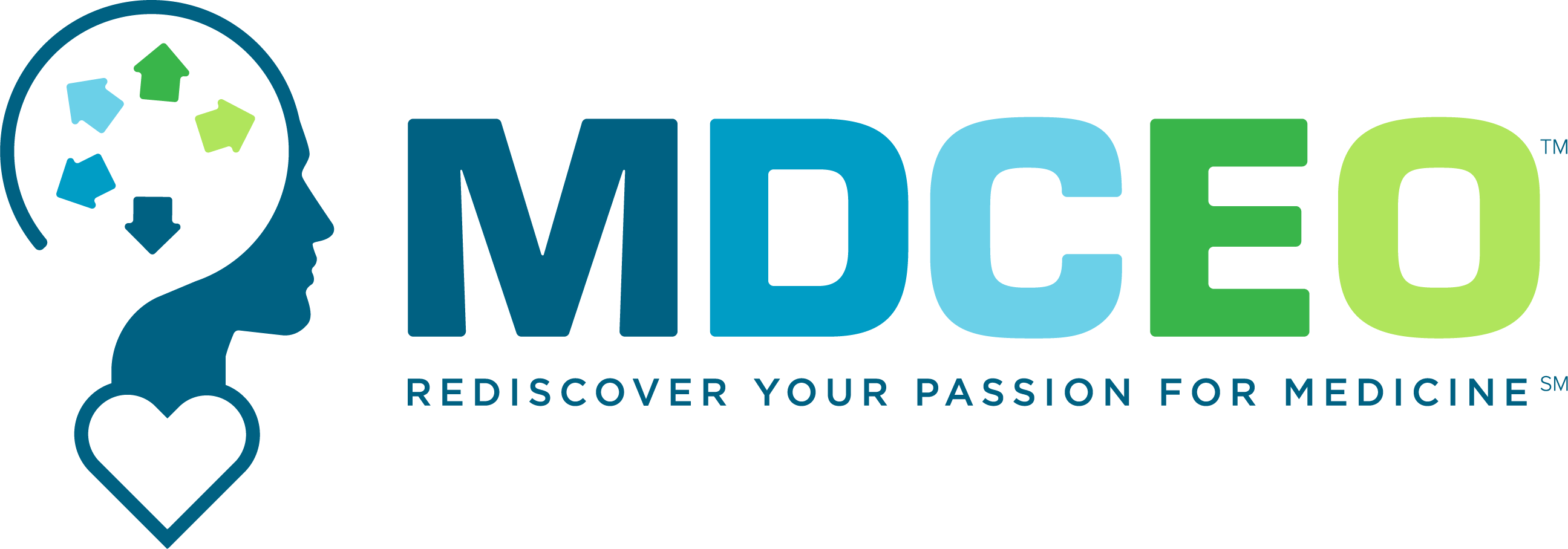April 22, 2024: Why Transfrom: Moving from Fee for Service to Prospective Payment in Primary Care: Advanced Primary Care: The Future of Primary Care Part 1

Sponsored by WWW.THEMDCEO.COM
Overview
This series of blog posts will provide a detailed description of a model for primary care service delivery that we call Advanced Primary Care. Why Advanced? Because it takes the core principles and practices of whole-person primary care and transforms them into a proactive process that will improve the health of individual patients, especially the most vulnerable, and the population served by a primary care practice. We believe, and evidence supports, that moving from a Fee-for-service payment model to a prospective payment model, especially when it involves full financial risk to the practice, requires a new way of thinking about patients and patient care delivery.
1) Why is there a need to transform primary care practices from the traditional RVU/fee-for-service model to a capitated/prospective payment Advanced Primary Care model?
The RVU/FFS model does not incentivize improving the health of the individual or the population. The incentives drive more utilization to capture more revenue for the individual physician, their practice and/or the organization for whom they work. It rewards the wrong behavior.
Said another way, because it’s killing patients with over and under treatment. It’s killing caregiver morale. The financial toxicity is bankrupting the people it is supposed to be serving, and it’s undermining the mission and practice of primary care. It’s got to be restructured in a way that the stakeholders are aligned and pulling in the direction of better health and well-being of the patient. We’ve become high paid insurance coders and we need to get back to being healers. We do a lot more than generate codes for the insurance company to justify our work. Today’s system needs to be replaced by one that is focused on better care, healthier people, and lower costs.
With prospective payment, if practices care for patients using the model of care delivery they developed in the FFS paradigm, they will fail to realize their tremendous potential. Succeeding in prospective payment requires a shift in the paradigm to organize the docs, the staff, the clinical data used to prioritize the work being done in a clinically relevant way.
In the FFS paradigm you get patients in and get them out in numbers, volume is the game. It is the core driver of financial viability. It’s not that you don’t try to offer the best care possible for each patient, you do. However, if the patient gets better or their health improves, you actually lose revenue. If the patient ends up in an urgi-care center or the ER or if they decide to see a specialist in FFS, the system wins financially. With prospective payment, the PCP loses clinically and financially. The FFS model rewards reactive, short-term problem solving not proactive health improvement and engagement with a patient.
In FFS the staff works to move the patients from front office to the exam room and out the door as fast as possible, maximizing physician billing and coding. They are not proactively building and participating in carrying out the care plan. The whole medical team is not collaborating and do not appreciate the greater role each member could play when they use all of their skills to add to the comprehensiveness and continuity of care. Their energy is not actively contributing to the effort to increase the patient’s health literacy, the patient’s trust (loyalty) and the practice’s efforts to care for them. Patient confidence and loyalty is a big part of the long-term success in the prospective payment paradigm.
Succeeding in the world of prospective payment requires what we call an Advanced Primary Care model wherein the docs/clinicians and the staff are closely aligned to identify and address the patient’s issues. With prospective payment and especially with full-risk contracts, the practice is financially successful when the patients get healthier and they are working collaboratively with the practice. It incentivizes health and well-being, focuses the staff, and improves the effectiveness and efficiency of the delivery system.
Scott Conard, MD Michael Tuggy, MD Susan Lindstrom Laurence Bauer, MSW, MEd
scott@scottconard.com MTuggy@converginghealth.com slindstrom@mypha.com laurence.bauer@gmail.com
